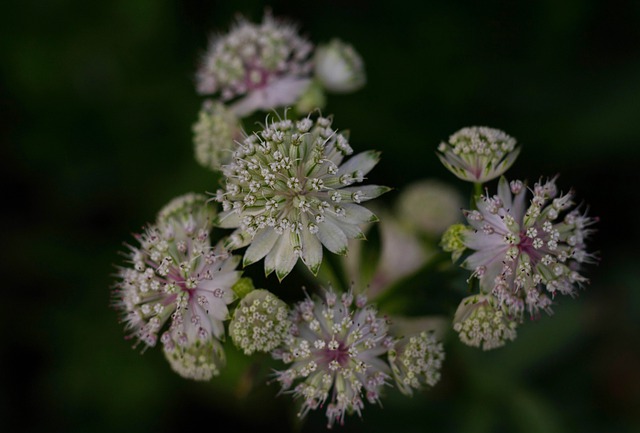Are Astrantia Deer Resistant?

Astrantia is relatively resistant to deer, but rabbits love it. If a plant has thorns, is poisonous, or tastes bad, deer are likely not to eat it. Generally, deer don’t like leaves that smell, have fuzzy spines, gray leaves, or most conifers.
Plants that are “deer-proof” do not exist, but Astrantia plants have been found to be less likely to be eaten by deer. However, deer can change their minds. They may still go around your garden to see what it’s like. None of the plants are deer proof! What your deer don’t notice may be a feast for deer in the next neighborhood. Often, things that aren’t touched in May will be eaten up in August.
Deer follow a set route and eat as they go. If you can, try to block their usual path or plant deer-resistant plants in those places. Plants that are more abundant in our watered and fertilized gardens are more likely to be eaten by humans in late summer. Fences are a great and effective way to keep deer away, but they must be at least 6 feet tall. Including thorny plants in your garden’s perimeter can serve as a deterrent. Roses, on the other hand, are useless because deer eat them. It’s not just dogs and wind chimes that deter deer. They’re also aluminum foil, mirrors, and other noisemakers. There are repellent sprays on the market that work by taste or smell and can be very good. Each time these are used, they need to be reapplied. Stakes and netting can protect new plants from deer for a short time. New plants seem to be especially vulnerable to damage from deer.
Table of Contents
Growing Tips
If you plan to plant Astrantia in your garden, take a good look at these growing requirements for your Astrantia to thrive and bloom more.
Good Temperature
A mild winter and summer are ideal for the flower’s growth. However, it can withstand even the harshest winters. If you live somewhere with a hot and humid climate, Astrantia will not do well. Some cultivars are drought-tolerant, but they still need mulching and regular watering.
Full Sun or Partially Shaded Environment
Planting astrantia in full sun promotes faster growth. On the other hand, these flowers are not opposed to some shade. Because of this, it’s an excellent choice for a shady garden.
Rich, Acidic Soil
Rich, well-drained, slightly acidic soil will be ideal for Astrantia’s needs. It is tolerant of clay soil, but additional nutrients are required. Dried leaves or natural composts are excellent soil conditioners.
Watering Routine
You must properly water astrantia because it is sensitive to dehydration. Keep the soil evenly moist and well-drained for the best results. Before you water a flower, don’t wait until the soil is cracked or dry. White Astrantia (Great Masterwort and its variants) is a common variety that blooms from the middle of spring until the end of summer.
Depending on how well the flowers are maintained, you can enjoy them well into the fall and winter. Floral arrangements can be made with the flowers and can also be dried.
Astrantia in Landscape Garden

It’s easy to see why Astrantia is so beautiful up close, but it blends in and “disappears” from a distance. They are ideal for use as a border or walkway plant, where they can “welcome” visitors to the garden. It’s a great idea to place them near a deck or patio so you can sit outside and enjoy the flowers.
Astilbes, hostas, and ferns are all good companion plants for astrantias, as are ponds. Hang a box planter from the fence if your concern is that they will be obscured. A bouquet’s focal point should be an astrantia, a delicate flower with a delicate scent. Make summer bouquets by planting them in the fall.
The hardy astrantia is an understated but lovely addition to your garden. A hot and dry climate does not suit their adaptability and resilience. These flowers are ideal for people who have to regularly deal with rabbits or deer because of the cold winters and mild summers they experience.
